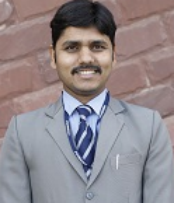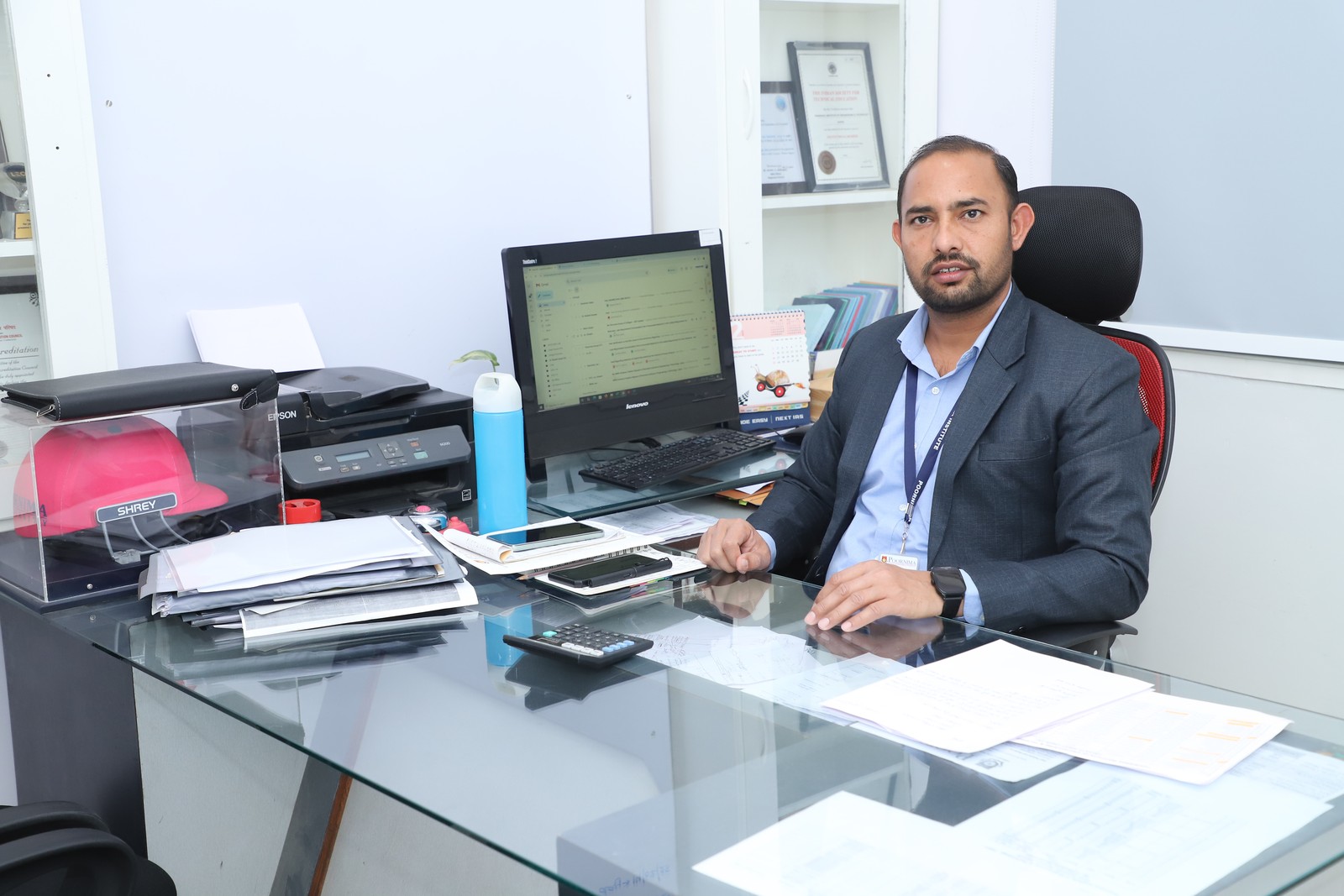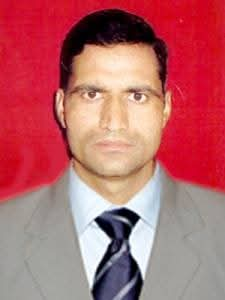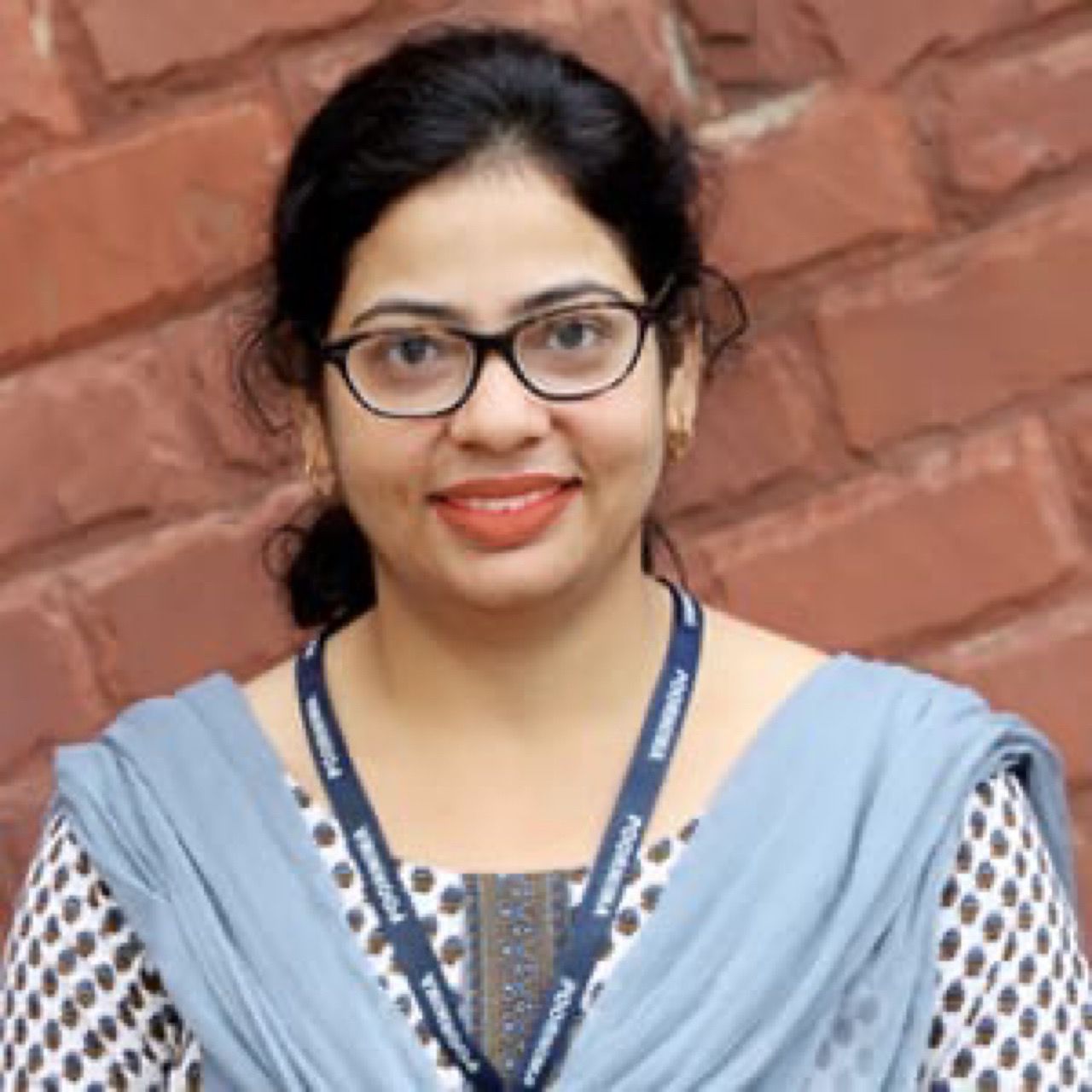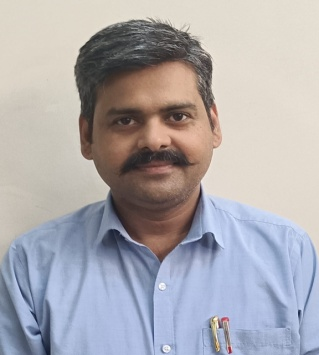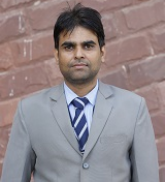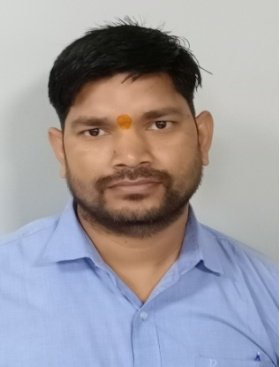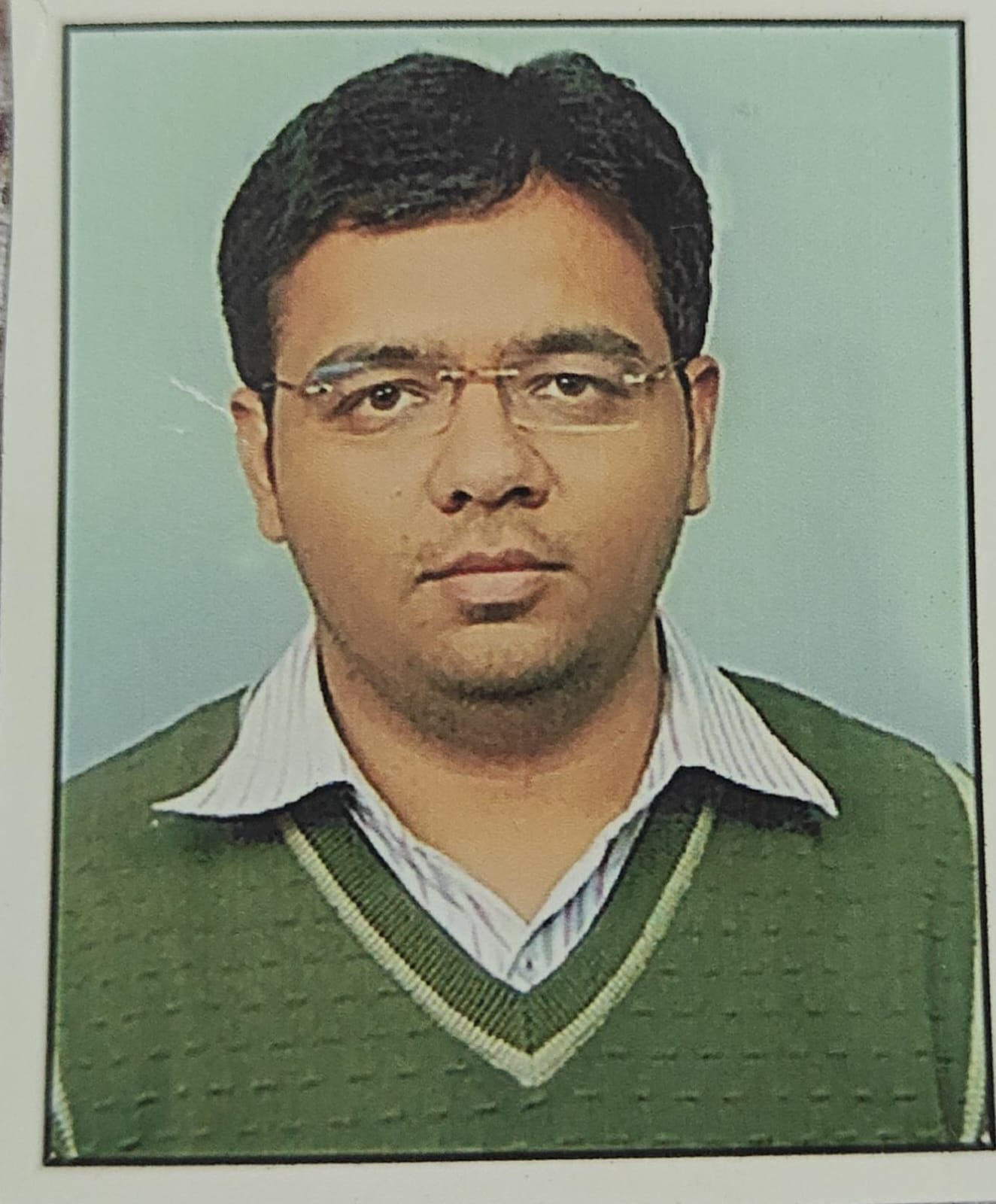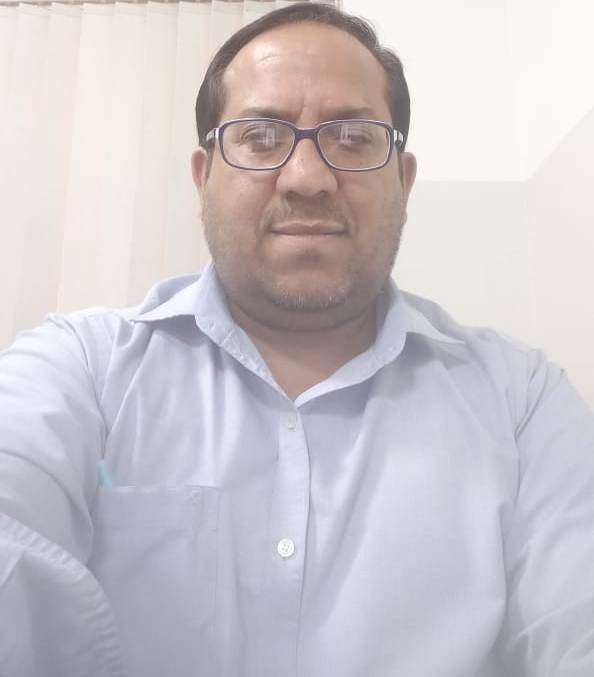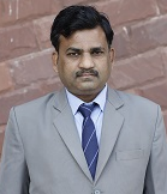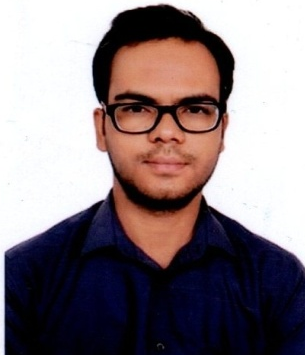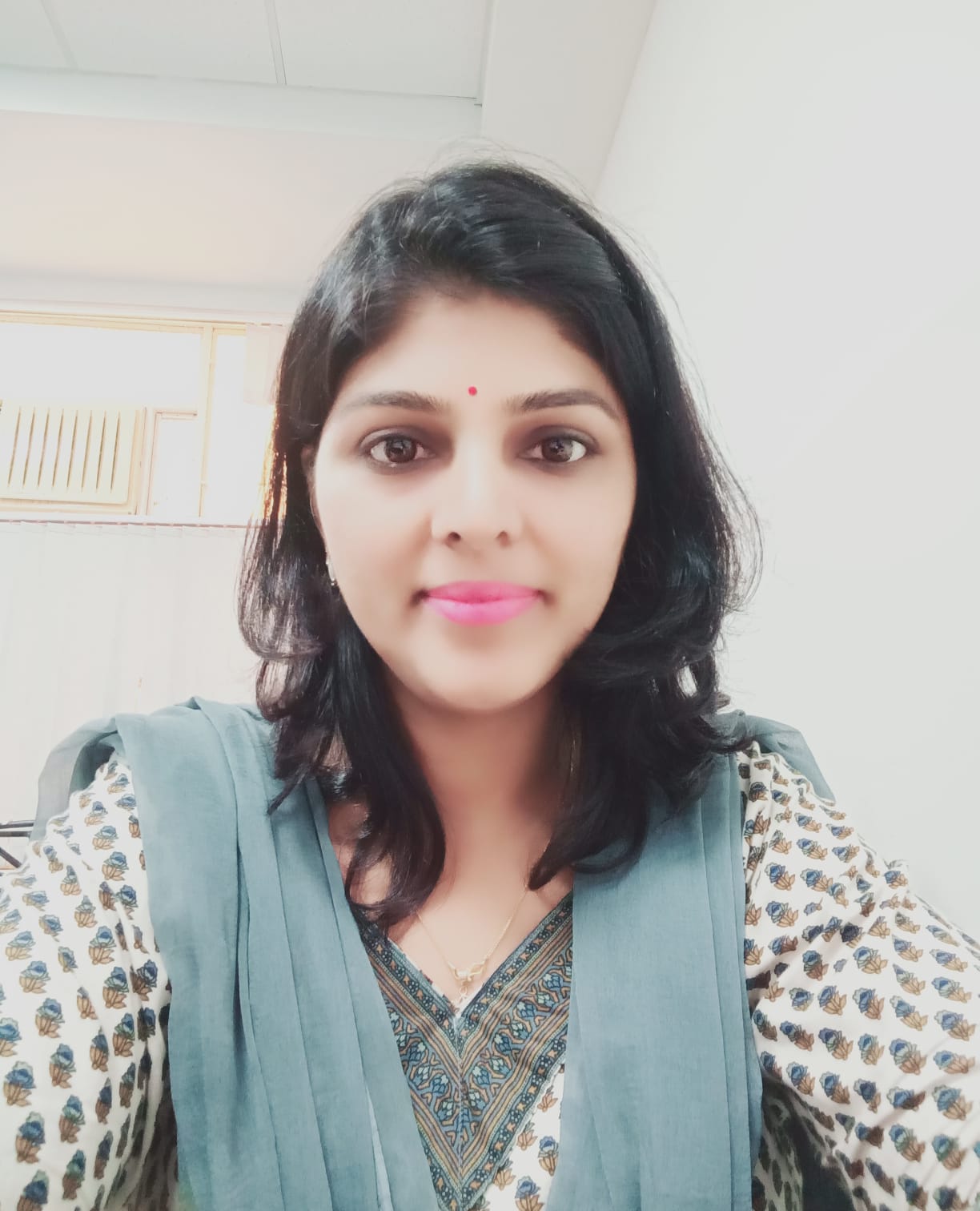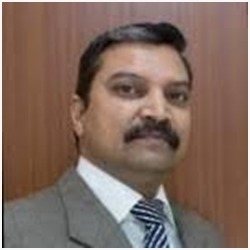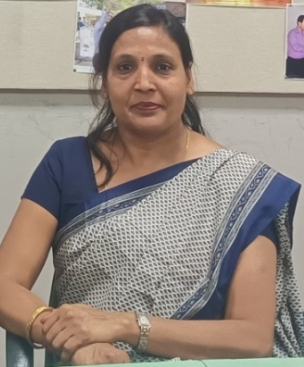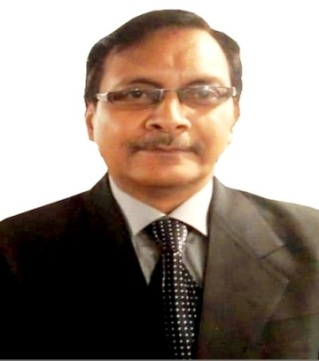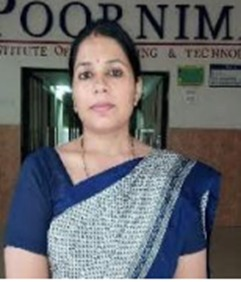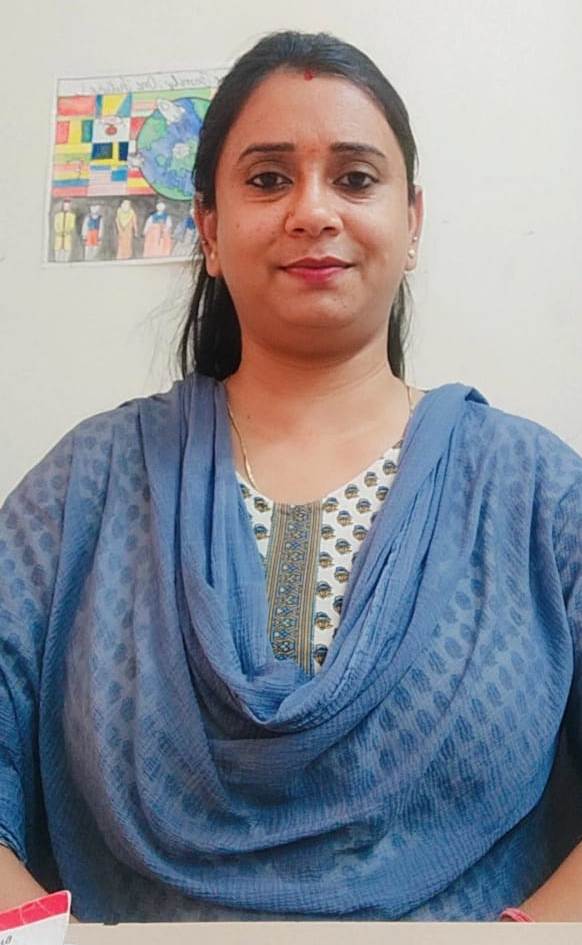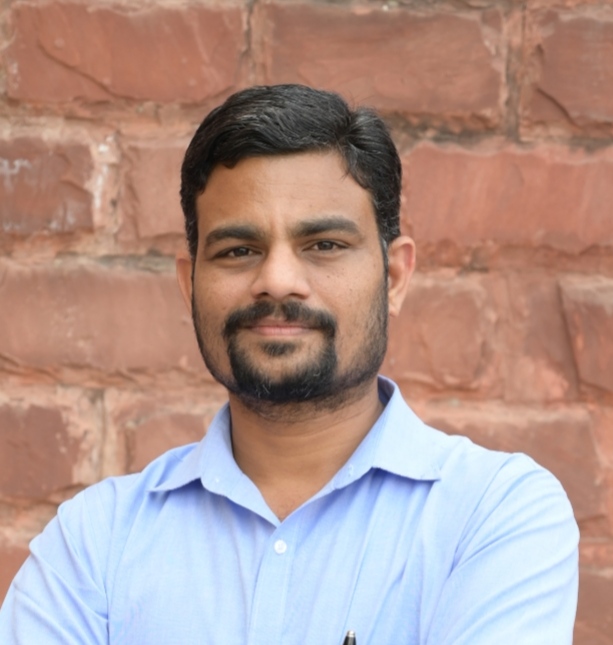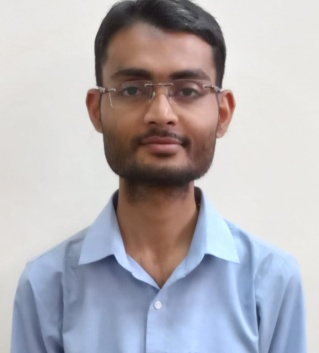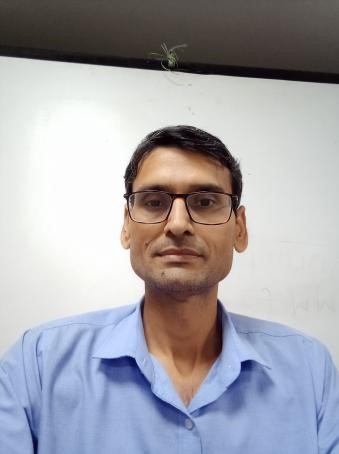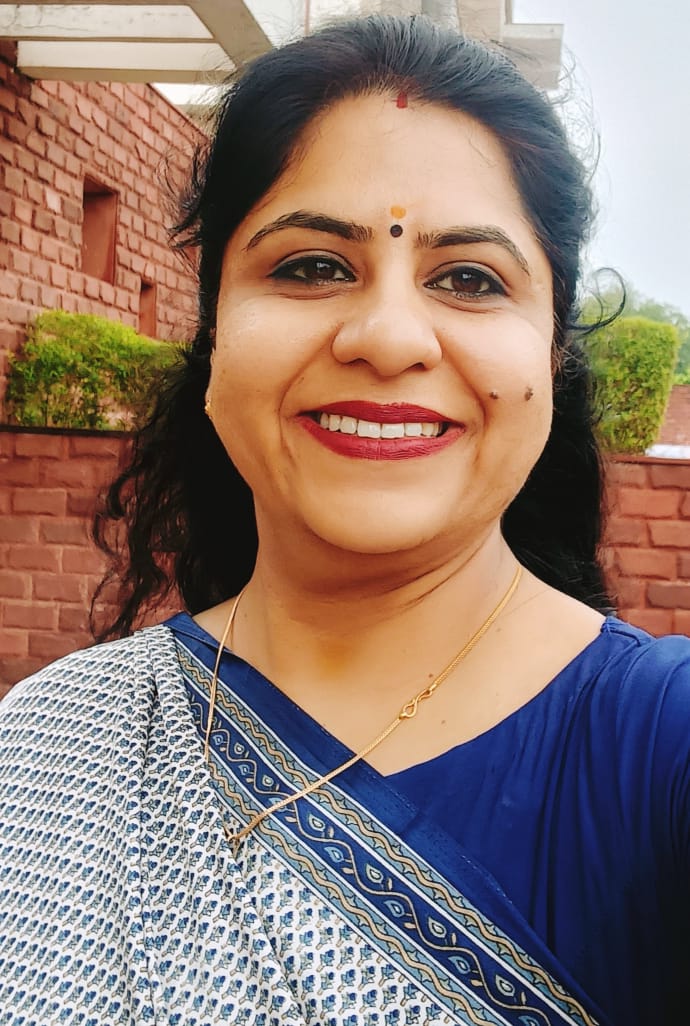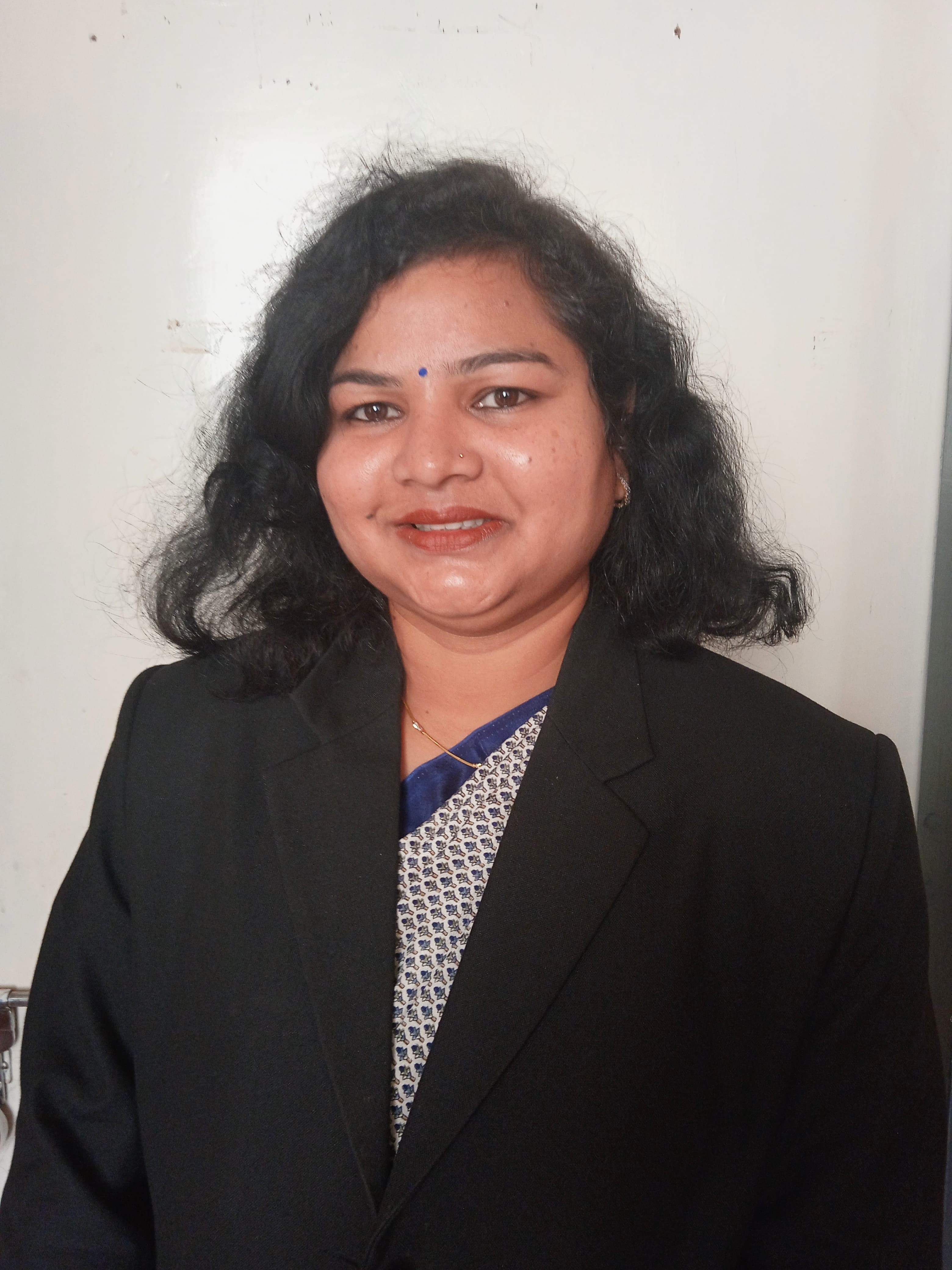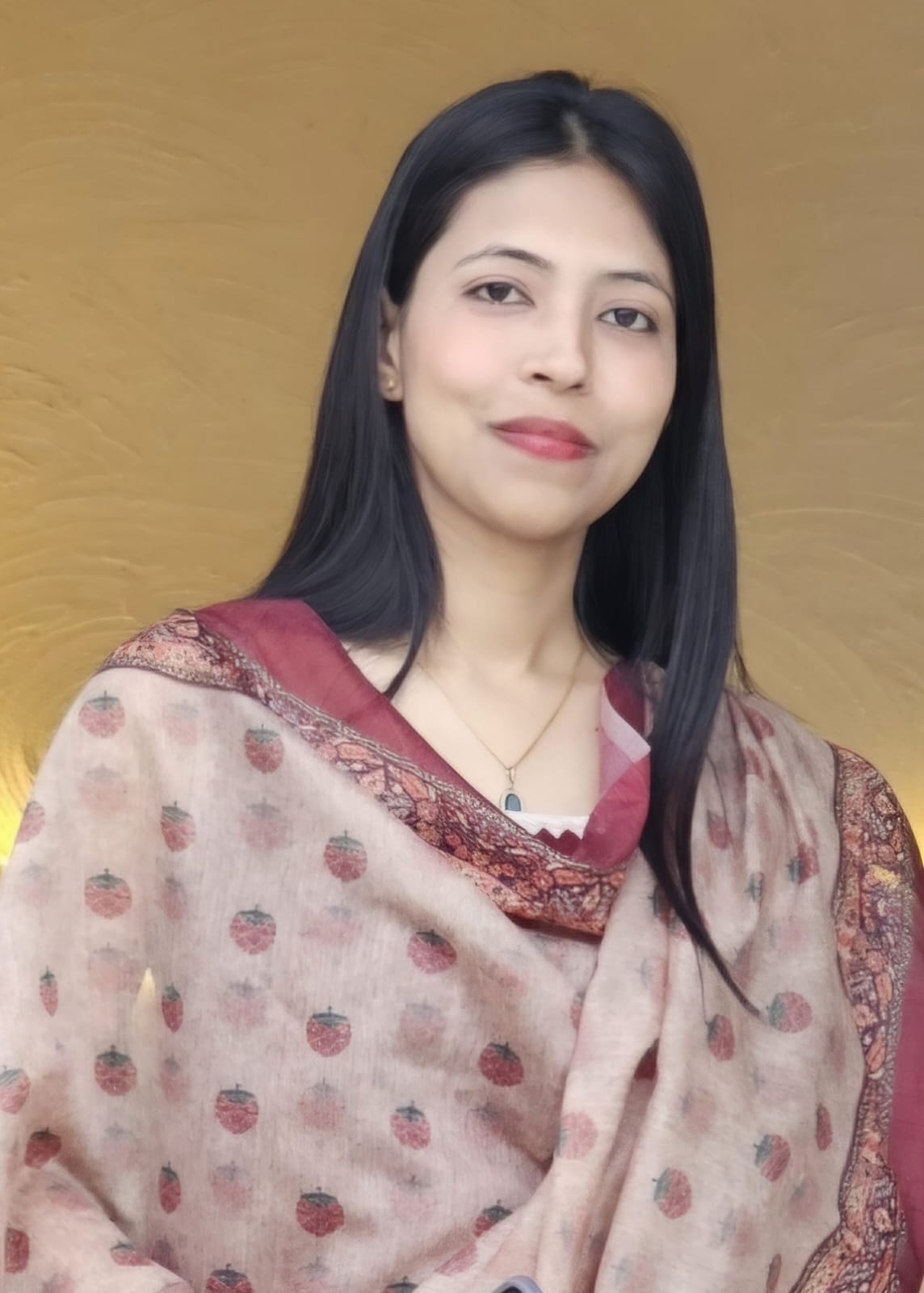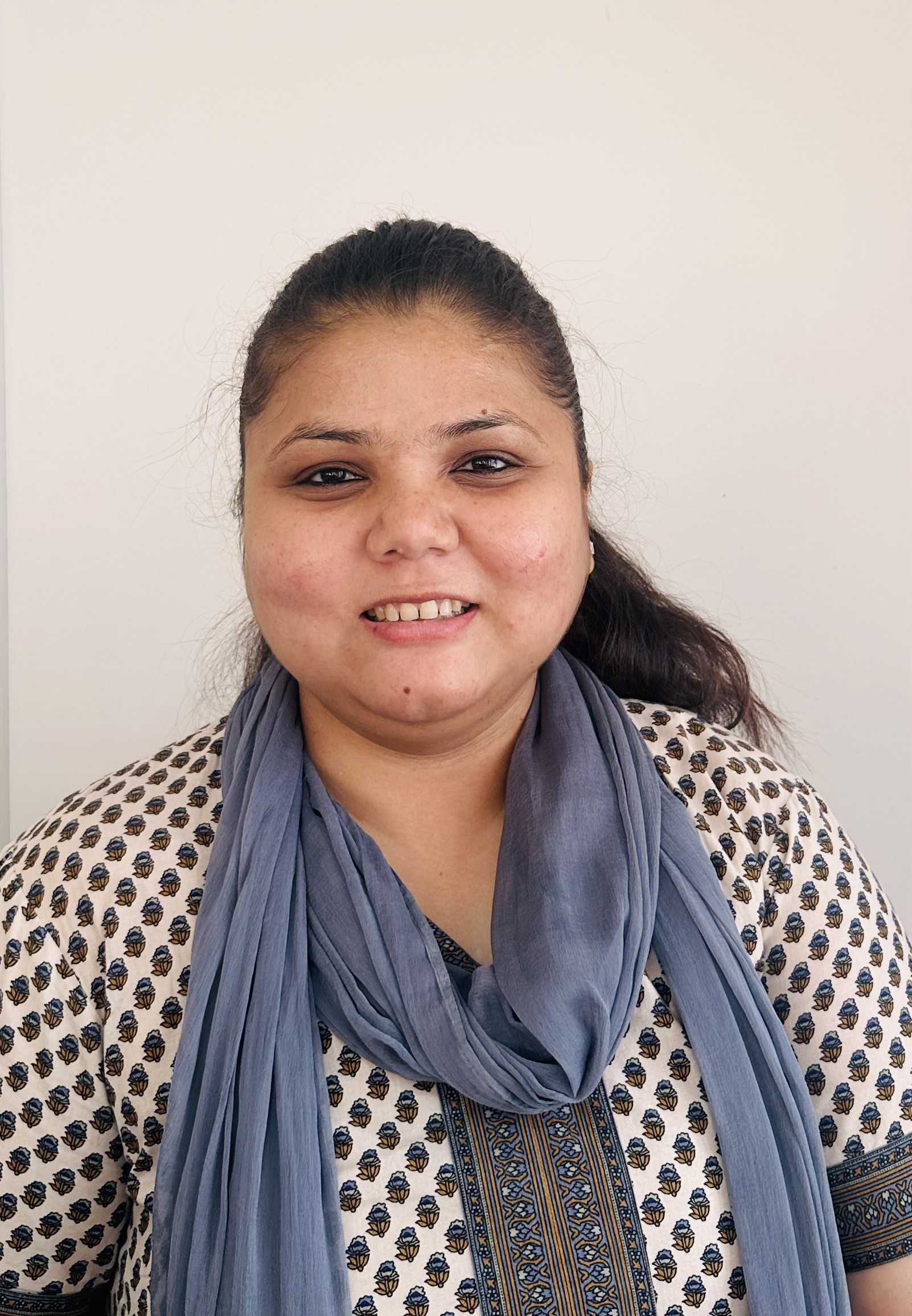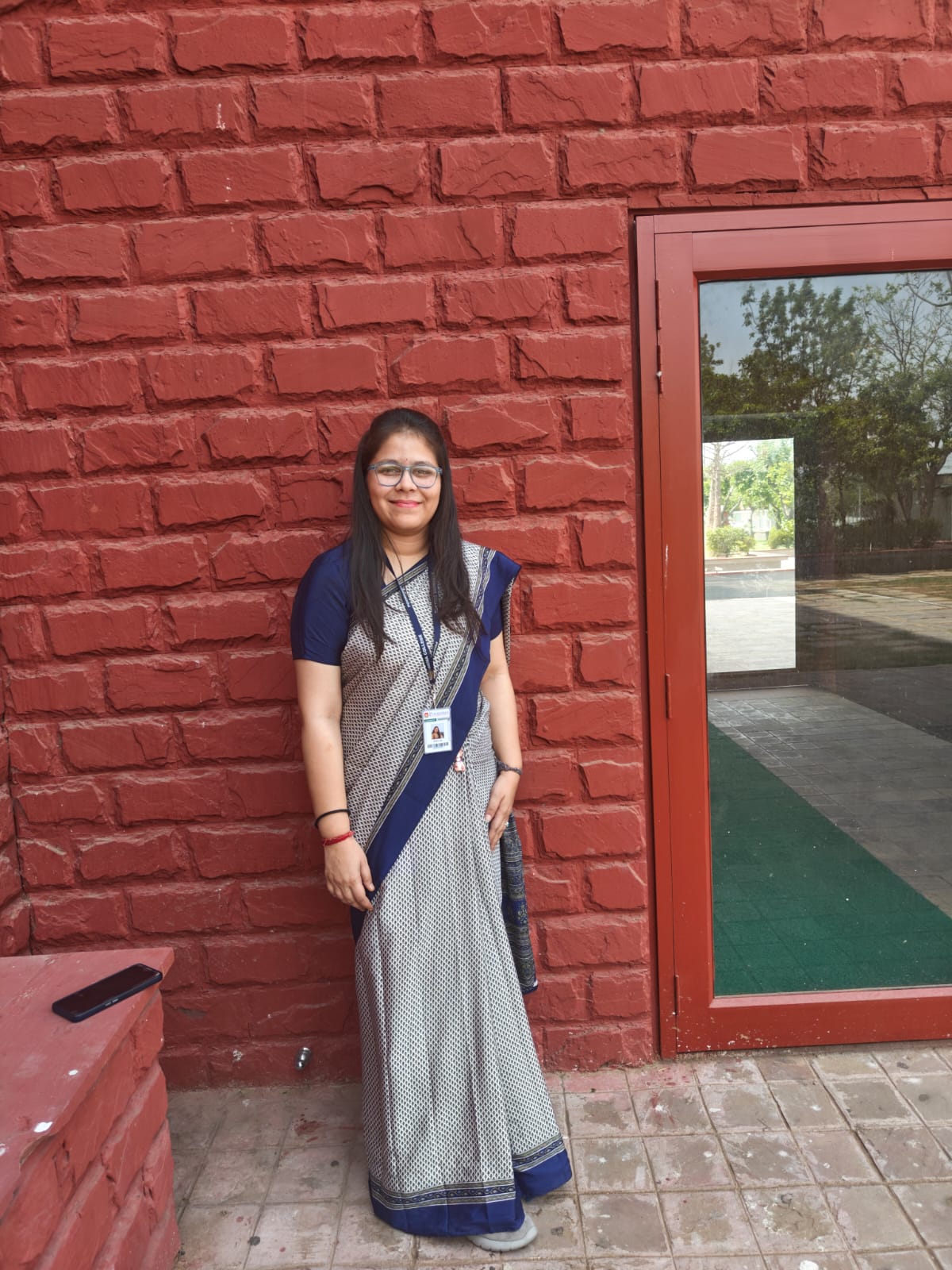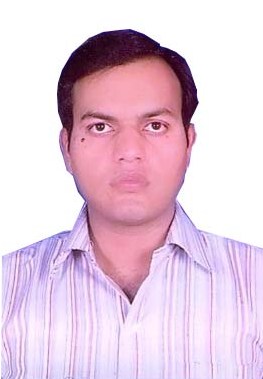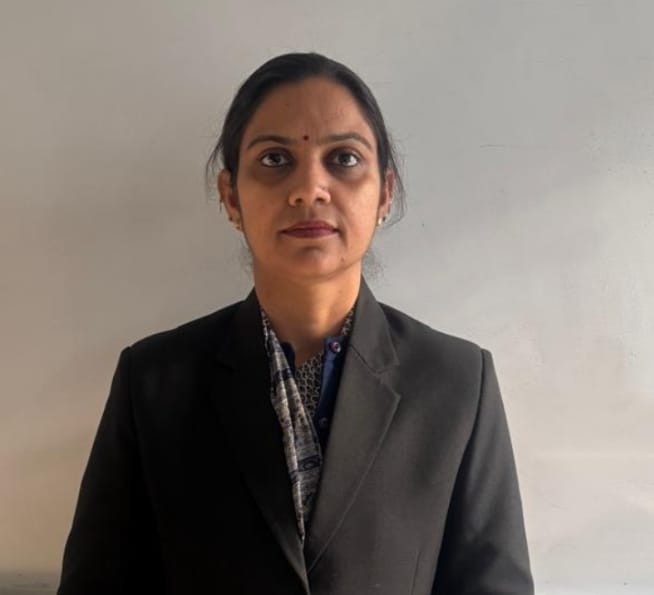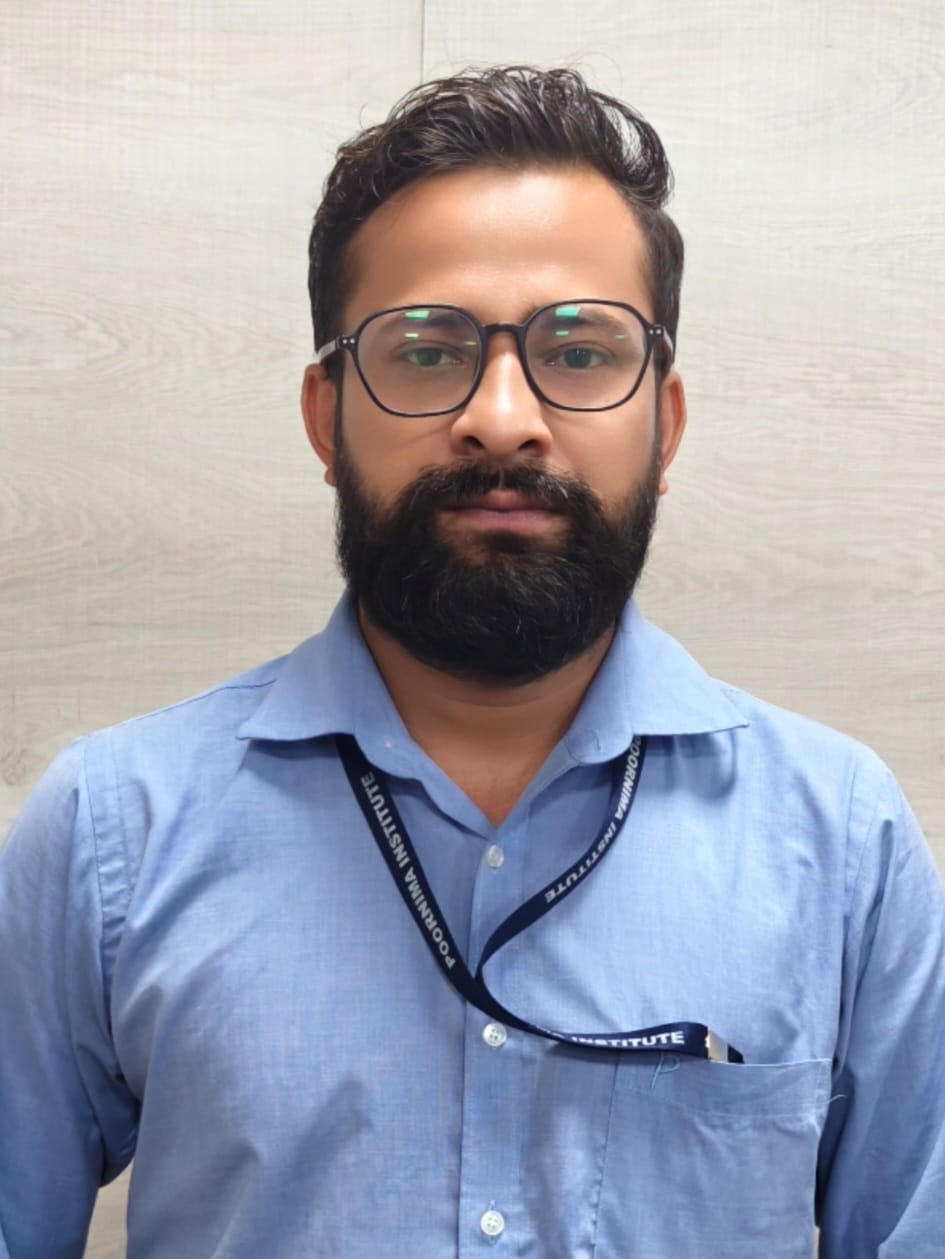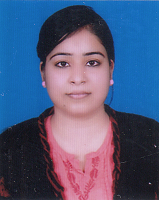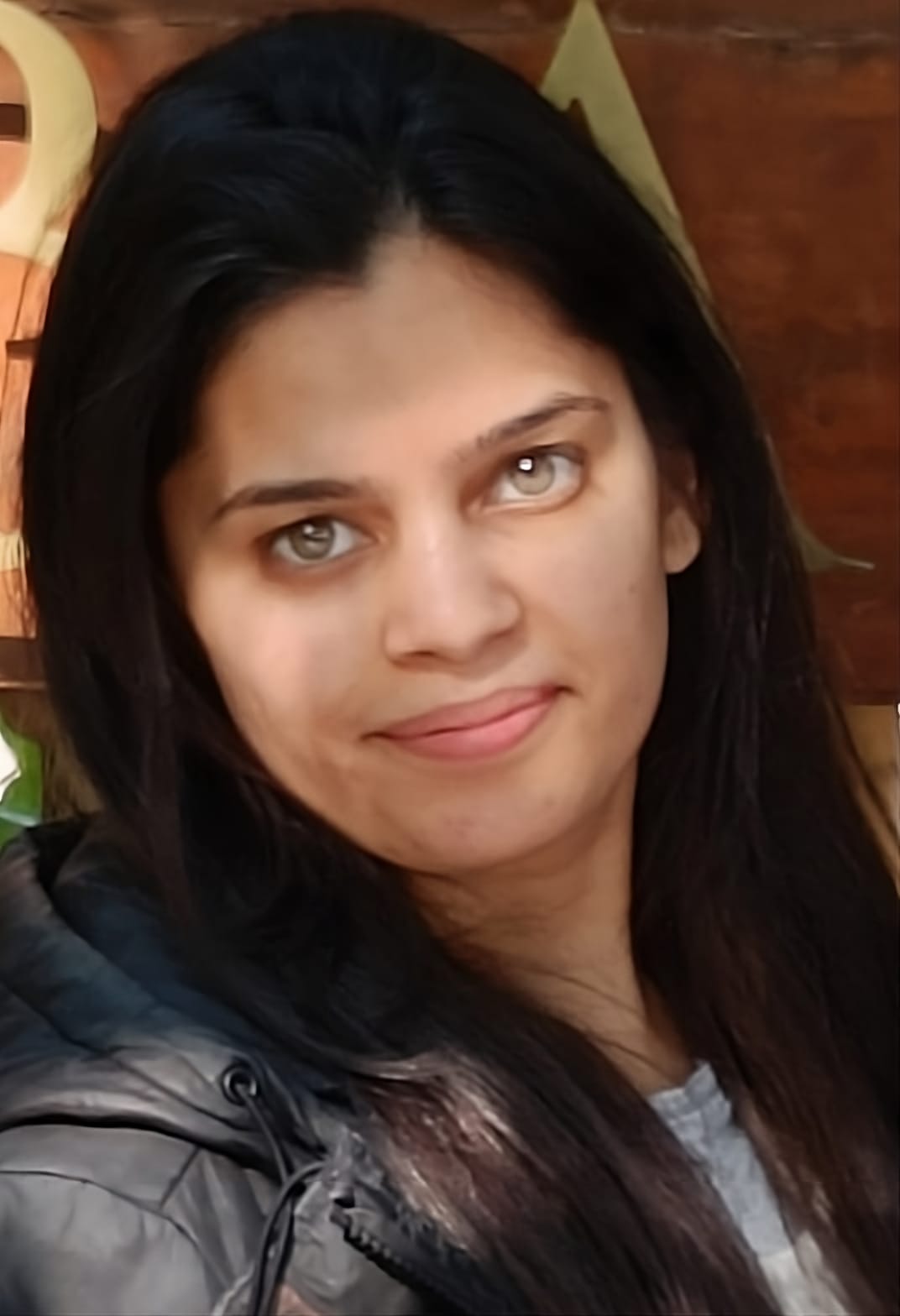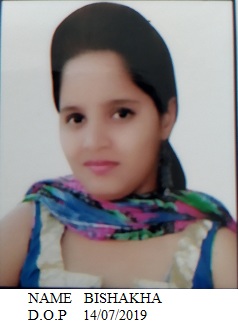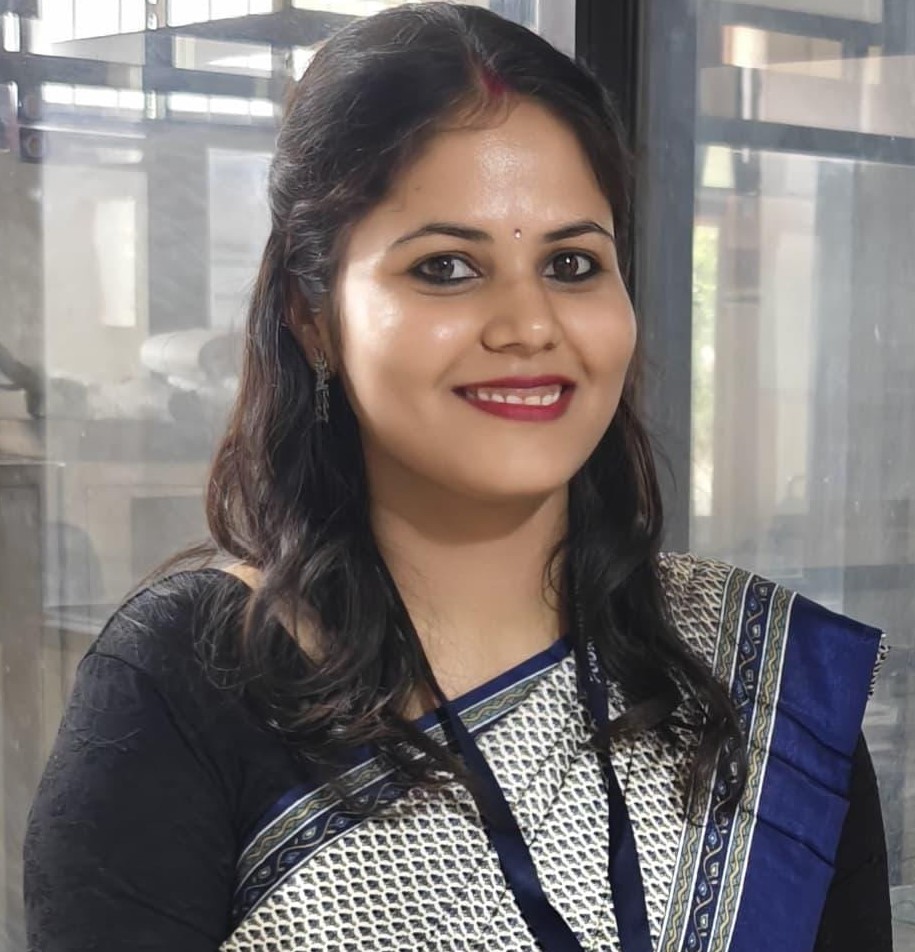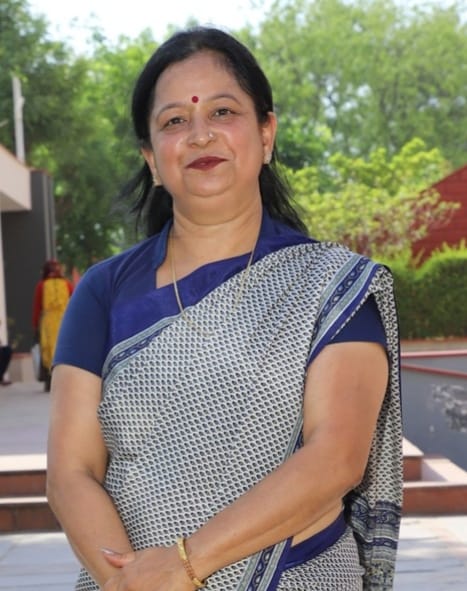
Dr. Sama Jain
HOD, Department of Applied Sciences, PIET
“Scientific learning is best achieved by doing science”
This teaching philosophy enables student community to learn and simultaneously make scientific contribution to society. We are committed to deliver an excellent graduate program of study as well as provide an opportunity for cutting-edge research in all natural and applied sciences.
I feel elated to introduce you to the Department of Applied Sciences which is the foundation of Engineers that strives for increasing the knowledge, enhancing the critical thinking, ability to change information into knowledge and power of analyzing things technically.
Department of Applied Sciences plays a vital role in an engineering college catering to the teaching of basic Sciences and Humanities courses for engineering students of all branches. The purpose of applied sciences in Engineering study is to lay a strong foundation of basic principles of various disciplines such as Mathematics, Physics, Chemistry, Computers, Electronics, Mechanics and Communication Skills in the mind of the learners, so that they proceed to rest of their years of study with up to date knowledge and training of basic engineering skills.
Our faculty members adhere to the possibly high standard of teaching and actively work to involve students fully in the educational experience. The teaching module comprises lectures, tutorials and practicals. The methodology adopted in the classroom teaching is based on application of innovative strategies, comprehensive lectures, regular assignments and interactive sessions between teachers and students.
The additional feature of this department is our Personality Development Program. This program helps the potential engineers to develop their communication skills by preparing them for working in their specific fields as a sensitive and skilled professional.
We, at PIET, Jaipur, are pleased to hold a highly qualified staff which is totally enthusiastic and is always determined to perceive and resolve students’ queries so that the overall personality of the student can be groomed in such a manner that they pass out as Industry Ready Professionals with innovative mindset.
Dear students, “You are the Nation Builders. You are the movers of technology. You are the agents of change." With a world population of 7 billion people and restricted natural resources, we, as individuals and societies need to learn to live together sustainably with advanced technical growth day by day. We need to take action responsibly based on the understanding that what we do today can have serious consequences on the lives of people and the planet in future. Education plays a vital role for Sustainable Development to empower people to change the way they think and work towards a sustainable future.
